Reverse purchase financing: The financing option no one is talking about
Housing Wire
JANUARY 17, 2024
But unlike financing with a traditional mortgage, monthly principal and interest payments are not required on the loan, so long as the homeowner keeps up to date with real estate taxes, homeowners’ insurance and property maintenance. The HECM for Purchase is not a refinancing tool; it is not akin to a Home Equity Line of Credit ( HELOC ).


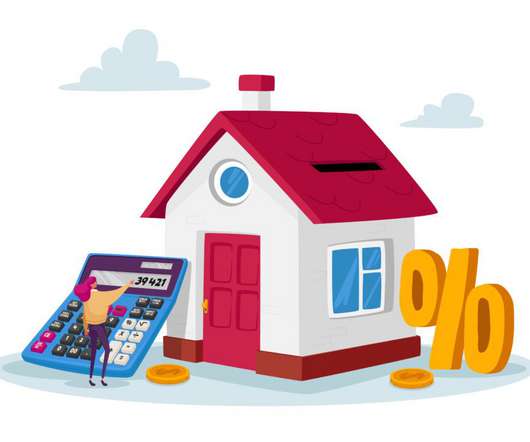
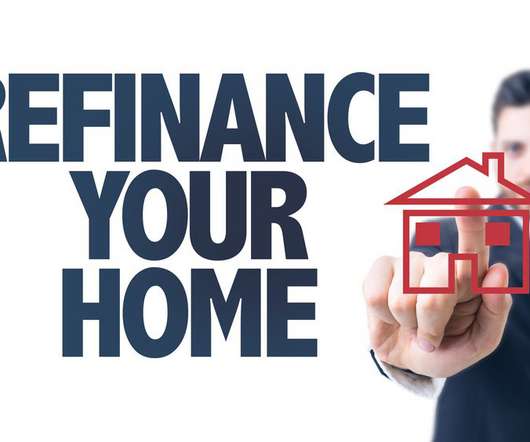
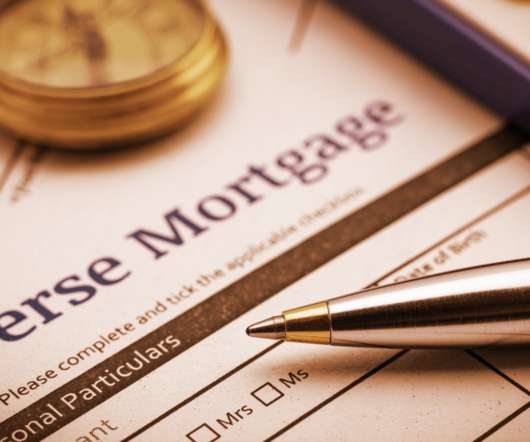

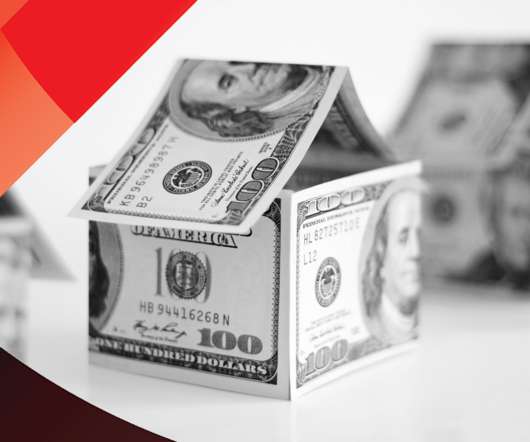
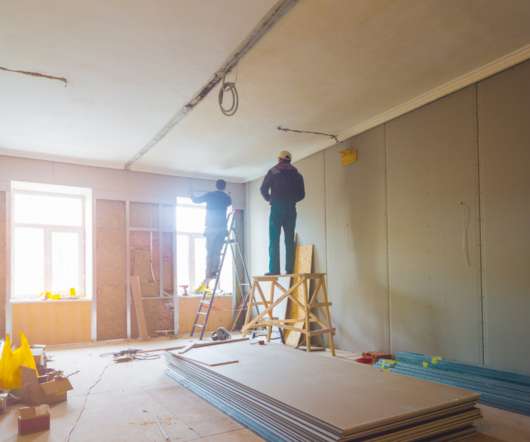
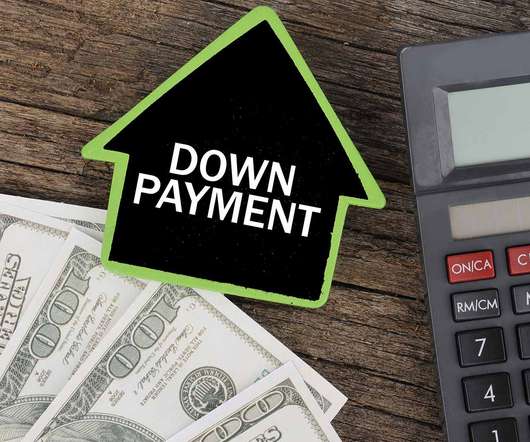
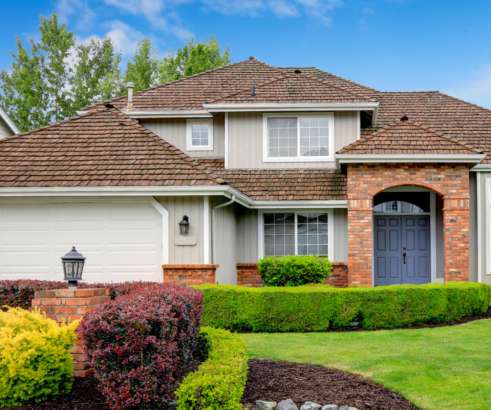
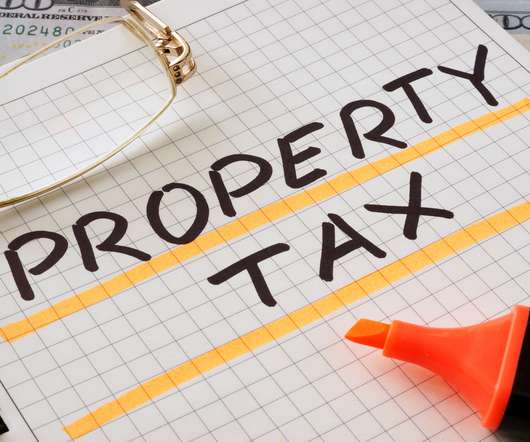

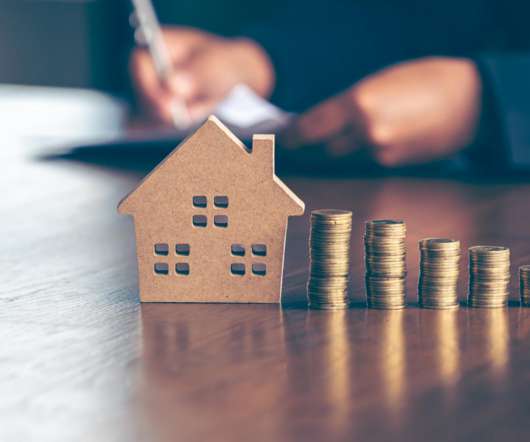




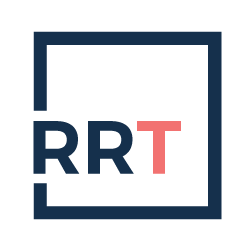






Let's personalize your content